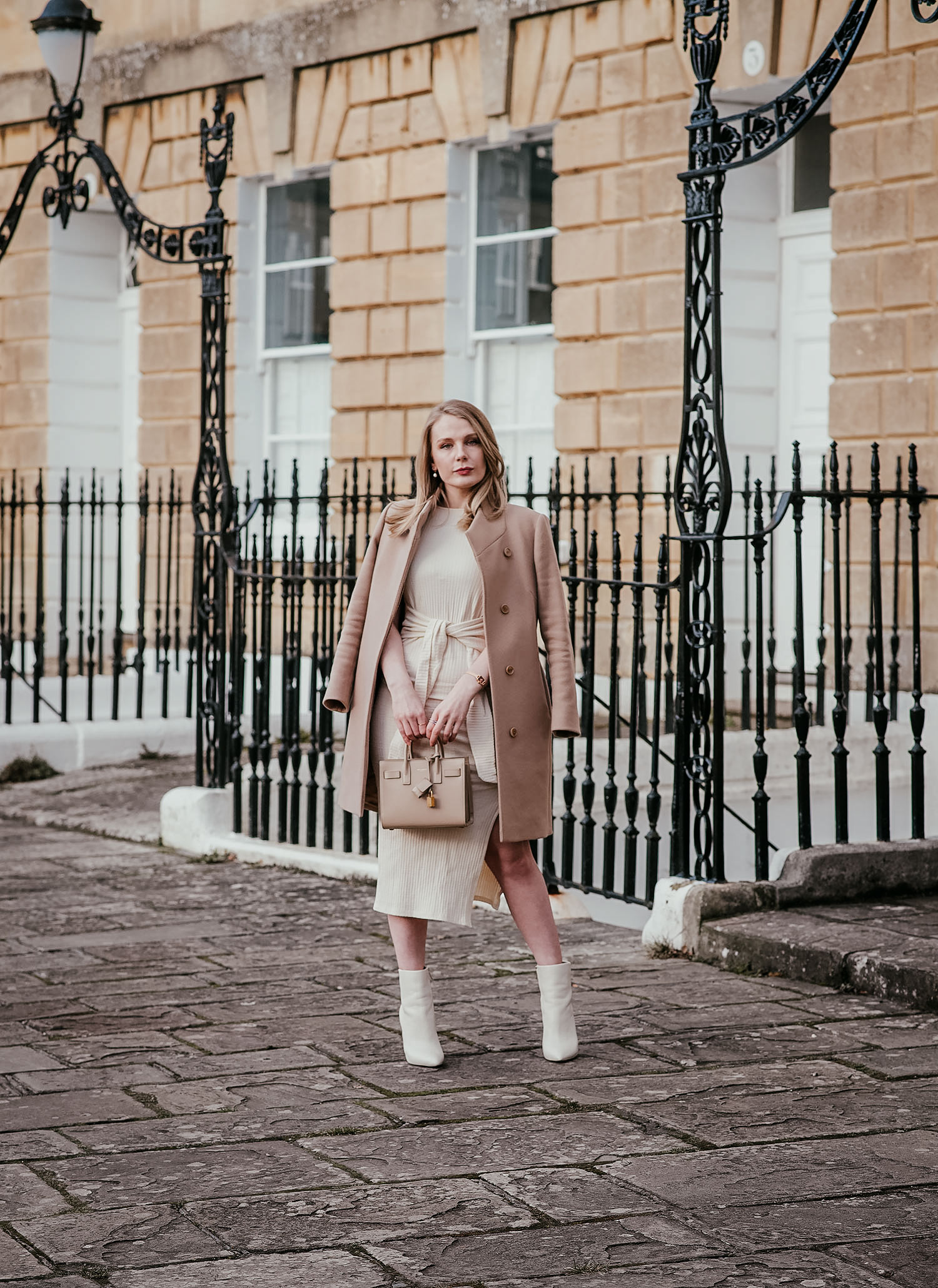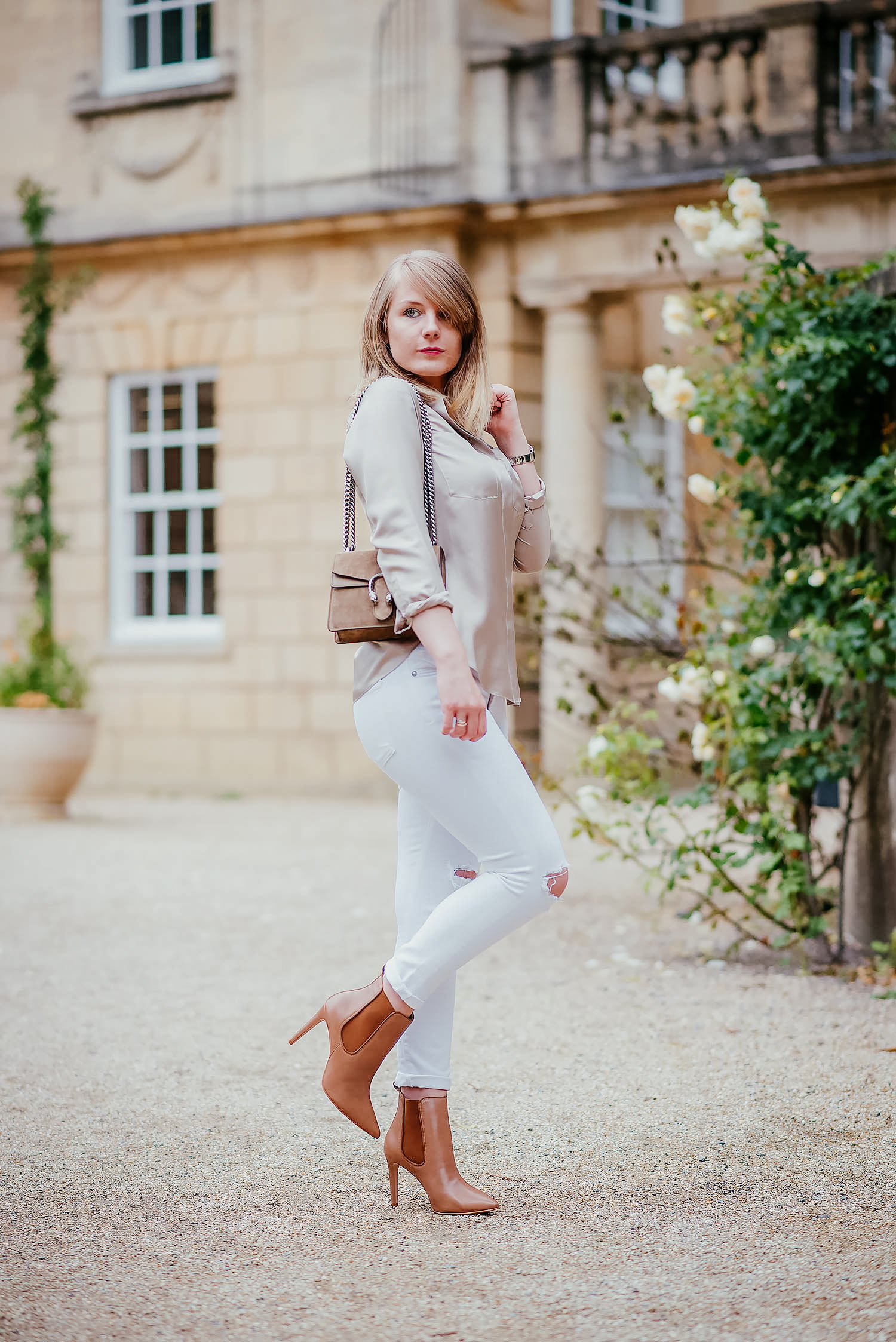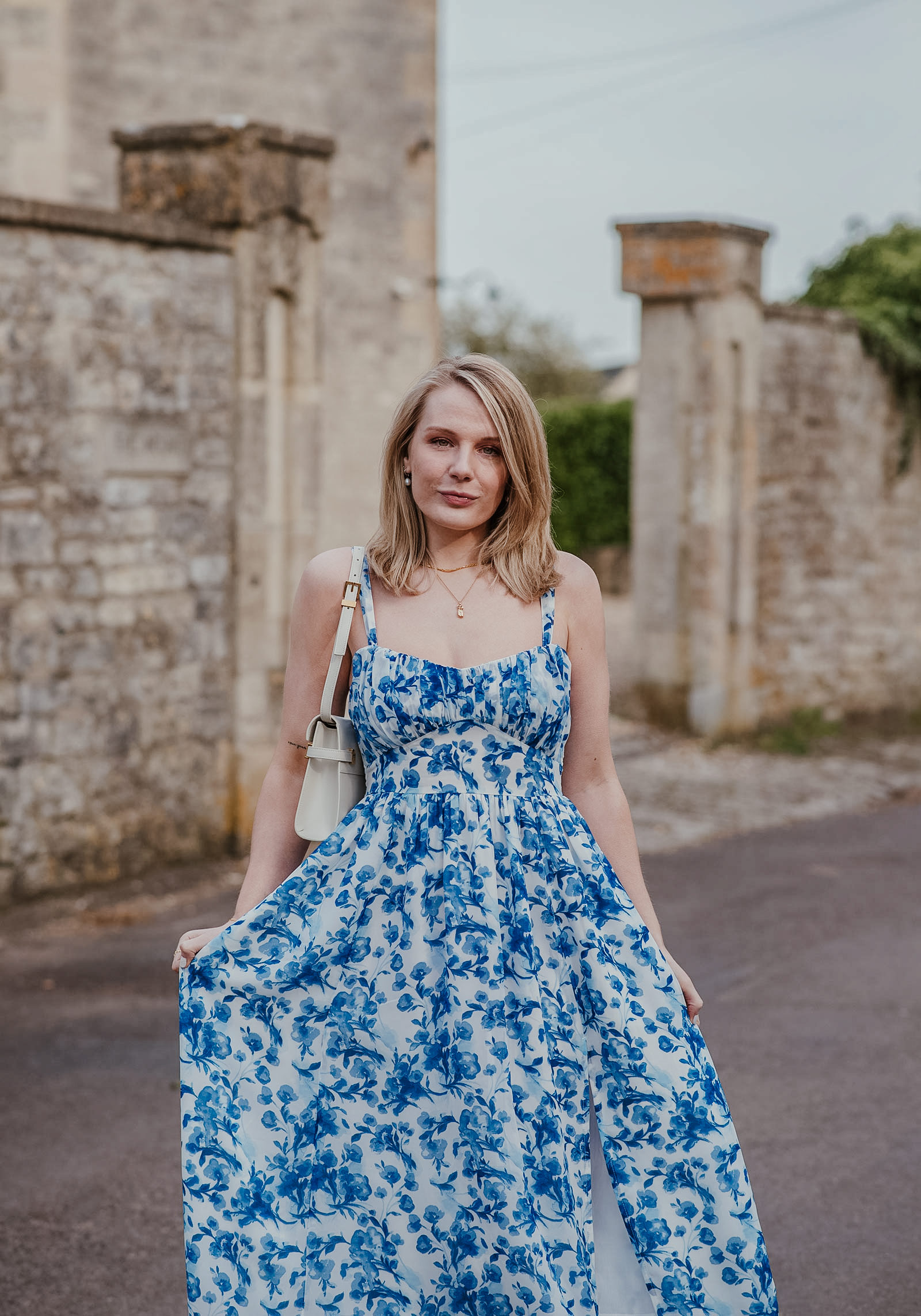When shopping for clothes, it’s important to consider the fabric and fabric content of what you’re purchasing as it makes a huge difference for your garments. Certain pieces are better served by specific fabrics and their compositions than others. This is where an understanding of different fashion fabrics and fabric composition can really help you to make the best decision when shopping for clothes. With loads of different fabric types and materials out there, it’s tough to keep tabs on all their recommended uses. That’s why I put together this handy blog to help you get familiar with all the major ones and what you should be looking for when making your puchases.
Natural Fibres
Cotton Fabrics – it’s all about the comfort!
Let’s start with one of the most popular fibres in today’s clothing – Cotton! Cotton fabric is heralded as one of the most comfortable fibres to construct fabric because of its breathable and hypoallergenic nature. Cotton fabric is also very versatile in dyeing and finishing which makes it easily produced around the world by many textile mills and as a result is very accessible – it’s literally everywhere!
When shopping for clothes, cotton is probably going to be one of the most common fibres you’ll come across. Examples include everything from shirts made from crisp cotton poplin to summery dresses made from soft cotton jersey. With so many different fabric types being able to be produced from cotton fibres, it’s no wonder that cotton is one of the most sought-after compositions in clothing today.
With all its positives, clothing made from cotton does also have some downside. Cotton fabrics react very poorly to high temperatures. That’s why clothes with a cotton composition tend to experience shrinkage and wrinkles when washed. Although you can limit the shrinkage by using a low tumble dry setting, you have to be very mindful when tending to clothes made from a pure 100% cotton content.
This fabric is super breathable though and it’s a joy to wear as it’s natural and easy. I always pick cotton underwear and t-shirts as they’re soft and they don’t make you sweat in any way. Your skin breathes through it.
Silk Fabric – Epitome of luxury
Clothes made from silk have been the epitome of luxury since almost the beginning of time. Silk fibres, harvested from silkworms, are intricately woven into silk fabrics which are then used to make silk clothing. Silk clothing has a lot of benefits which include wrinkle resistance, thermoregulating, hypoallergenic, are incredibly soft, while remaining vibrantly lustrous, and of course timelessly durable.
The most important thing to keep in mind when purchasing silk clothing, however, is that silk needs to be tended to carefully. I highly recommend dry cleaning or hand washing your silk clothing to preserve the clothing’s integrity and longevity. Alternatively, a neat trick is to put your silk clothing in a laundry-safe bag on a silk/wool cycle.
Silk fabric is popularly used in bridal wear, silk blouses, silk dresses, homecoming dresses like these, and much more. I personally have silk pillowcases and a sleep mask too as it’s good for the skin as it doesn’t crease! Silk button up shirts are a favourite of mine though and they pair so nicely with trousers and jeans! If only it was more affordable! I usually opt for something else natural and similar though, and that’s rayon/viscose fabric! It gives a very similar touch, look and feel to silk, but it’s more affordable!
Linen Fabric – Cool, chic & summery
Linen clothing has been trending this past summer, like it does every year. Linen clothes have long been associated with a chic and summery look because linen fabrics are great for warm weather climates. Linen is extremely breathable and moisture absorbent, which helps to keep you cool and dry even when layering different articles of clothing. Clothing made from linen fabric is a favourite of many because of how durable and breathable the fabric really is. The subtle textured look of linen also gives clothing an added unique and stylish appeal.
One of the best parts about linen clothing is that it’s fairly easy to care for. Although linen clothing can sometimes experience shrinkage, if you follow the label on your clothes you should be able to safely machine wash and dry your linen clothes without fear. I recommend using a gentle cycle and a cold wash if you’re being extra cautious, but most of my linens have held up just fine on regular settings.
Linen clothes are often used to portray a classy and stylish look, even in the heat of summer. Some popular examples of linen clothing are trousers, dresses, button up shirts, blazers and much more. It’s a hugely popular choice of fabric for men’s shirts too. There’s nothing more chic in the summertime than a man dressed in a linen shirt and some trousers! Linen clothing is definitely a great choice if you’re looking for something to keep you cool & stylish.
Wool Fabric – Where warmth meets fashion
Wool is like a warm hug in fabric form. It’s the cosy go-to for chilly days, known for keeping you toasty when the temperature drops. Made mostly from sheep’s fleece, this stuff is a game-changer for your winter wardrobe. If only I wasn’t allergic to it myself!
One of the best things about wool is how adaptable it is. It works for everything from your snuggly sweaters and stylish coats to classy suits and even comfy blankets. It’s also a champ at wicking away moisture, keeping you dry and comfy, no matter the weather.
But, taking care of wool is key. Some pieces can handle the washing machine, but others need a gentler touch. Following the care instructions is crucial, so you don’t accidentally shrink or mess up the texture. To play it safe, I recommend washing your wool with cold water and a gentle soap. Also, let it air dry or use low heat to prevent any surprises in size or shape.
The style game with wool is strong. It’s your all-rounder, fitting in both at fancy events and casual hangouts. Plus, with the sustainability buzz, wool’s getting more attention for being eco-friendly (go for mulesing free) and mixing well with other fabrics. Now is the perfect time to invest in some quality wool knitwear and coats – it’s tailoring gorgeousness!
If you are allergic to wool like myself though and it’s itchy on your skin, causing redness and a rash, try the natural fabric of cashmere. It’s similar, but it’s made from cashmere goats and it’s much softer and gentler on the skin – it’s just a lot more expensive.
Synthetic Fibres
Nylon Fabric – Versatile durability for modern fashion
Let’s talk about nylon – the unsung hero of our clothes and gear. It’s that tough, reliable stuff that’s all about keeping up with your daily hustle and the changing weather.
Nylon’s got that ‘go-anywhere, do-anything’ vibe. Think about your trusty raincoat that’s lightweight yet stands up to the storm, or those comfy athleisure clothes that breathe like a breeze. Oh, and don’t forget those cool backpacks you toss around – yep, that’s nylon for you, durable and adaptable.
Taking care of nylon is pretty hassle-free. Most nylon items are fine with the washing machine and dry up just fine. They’re built to handle a bit of rough and tumble, but it’s best not to crank up the heat when drying. Low and slow keeps them looking good for longer.
One thing to watch out for with nylon clothing though is that heat isn’t its best friend. Ironing or high dryer settings might not suit this fabric. So, play it safe with lower temperatures during ironing and drying, and your nylon pieces will last a lot longer.
Fashion-wise, nylon is a total chameleon. It slides into all kinds of styles, from your everyday athleisure to sturdy outdoor gear and even in some handbags that can suit any evening out. Its lightweight and mixable nature make it a winner for both comfort and versatility.
In a nutshell, nylon’s that reliable, tough, and trendy material that suits the fast pace of our modern lives and the diversity of fashion needs. It doesn’t have the same luxury appeal as the natural fabrics out there, but it is really useful, that’s for sure. I wouldn’t choose it as a high luxury fashion item though.
Polyester Fabric – Versatile, durable, and everyday-friendly
Polyester might not be the hottest topic, but let me tell you, it’s the main winner in our closets. This stuff is everywhere, quietly holding things together and making our lives easier with its no-fuss durability. Polyester has even gotten a bit of a bad rap as an indicator of low quality, but that’s not always true.
So, then what’s the deal with polyester? It’s like the superhero of fabrics. You’ve probably got a bunch of clothes made of this – those easy-wash, quick-dry shirts, the stretchy leggings you practically live in, or even that durable raincoat that’s always ready for a downpour. Polyester fabrics are wrinkle resistant, extremely durable, and easy to care for. It’s the kind of fabric that laughs in the face of your washing machine and dries in a snap.
The drawback of polyester clothing is that it isn’t very breathable. This is a fair and valid concern for polyester clothing, but that’s why a blend of polyester and another fibre like cotton can reign a garment supreme. Blended garments made from cotton and polyester can get the benefits of polyester, such as the durability and easy-care instructions, and the benefits of cotton, such as the breathability and comfort!
Style-wise, polyester is your everyday warrior. It’s in your casual tees, workout gear, and those comfortable leggings you wear from dawn till dusk. In short, polyester is the unsung hero, always there, always ready to make your life easier. It might not scream luxury, but it’s the reliable buddy we can’t do without.
Rayon Fabric – About, Characteristics, How To Clean, Applications and popular clothing
Next up we have rayon – another unsung hero in our closet lineup. It might not be one of the most popular fabrics, but it’s got comfort going for it, making our days a whole lot easier. Think about those breezy, flowy tops you love or those cozy pyjamas that feel like a dream. That’s rayon, making everyday wear a delightful experience.
Taking care of rayon is a breeze. Most rayon clothing can be easily washed and dried on normal settings. Just be cautious not to shrink it as I’ve had some rayon/viscose shirts shrink on me, even in cooler washes, especially if it’s a 100% composition.
Style-wise, rayon’s extremely versatile. It’s in your casual, easy-breezy tops, those soft loungewear sets, and even those chic dresses that keep you comfy and stylish. It’s light, mixes well with other fabrics, and brings that effortless cool to your everyday look. Men also look fantastic in those viscose shirts that are printed. They’re a personal favourite of mine!
So, rayon’s that subtle, comfy, and laid-back fabric, silently making our daily fashion comfy and stylish without trying too hard. This fabric gets put in the synthetic section as even though it’s made from cellulose like wood pulp etc which is natural, it undergoes an intense chemical processing.
Conclusion
And there you have it! A list of the major fabric and fabric contents to keep in mind when shopping for clothes. I hope this handy guide will help you in making educated purchases and help you understand the differences between the contents of your clothing. Remember, silk and viscose is perfect for button up shirts. Wool is amazing for knitwear and outerwear. Cotton is your best friend for t-shirts and jeans. Linen is breathable for trousers, shirts and shorts in the summertime. And Polyester is an important agent when it comes to strength and durability! I hope this helps!
Discover more from FORD LA FEMME
Subscribe to get the latest posts sent to your email.






Wow, I love the blue flower dress, Lorna!! 🥰
Author
Thank you very much, John!
You’re welcome, Lorna. ❤️❤️❤️
Dearest Lorna,
you looks overwow hot……these outfits are made 4 you….(love these boots)
Kisses Gert
Author
Thank you very much!
Thanks for sharing these.
http://www.amysfashionblog.com/blog-home
Author
You’re welcome!
Amazing post and very informative.
Author
Thanks!